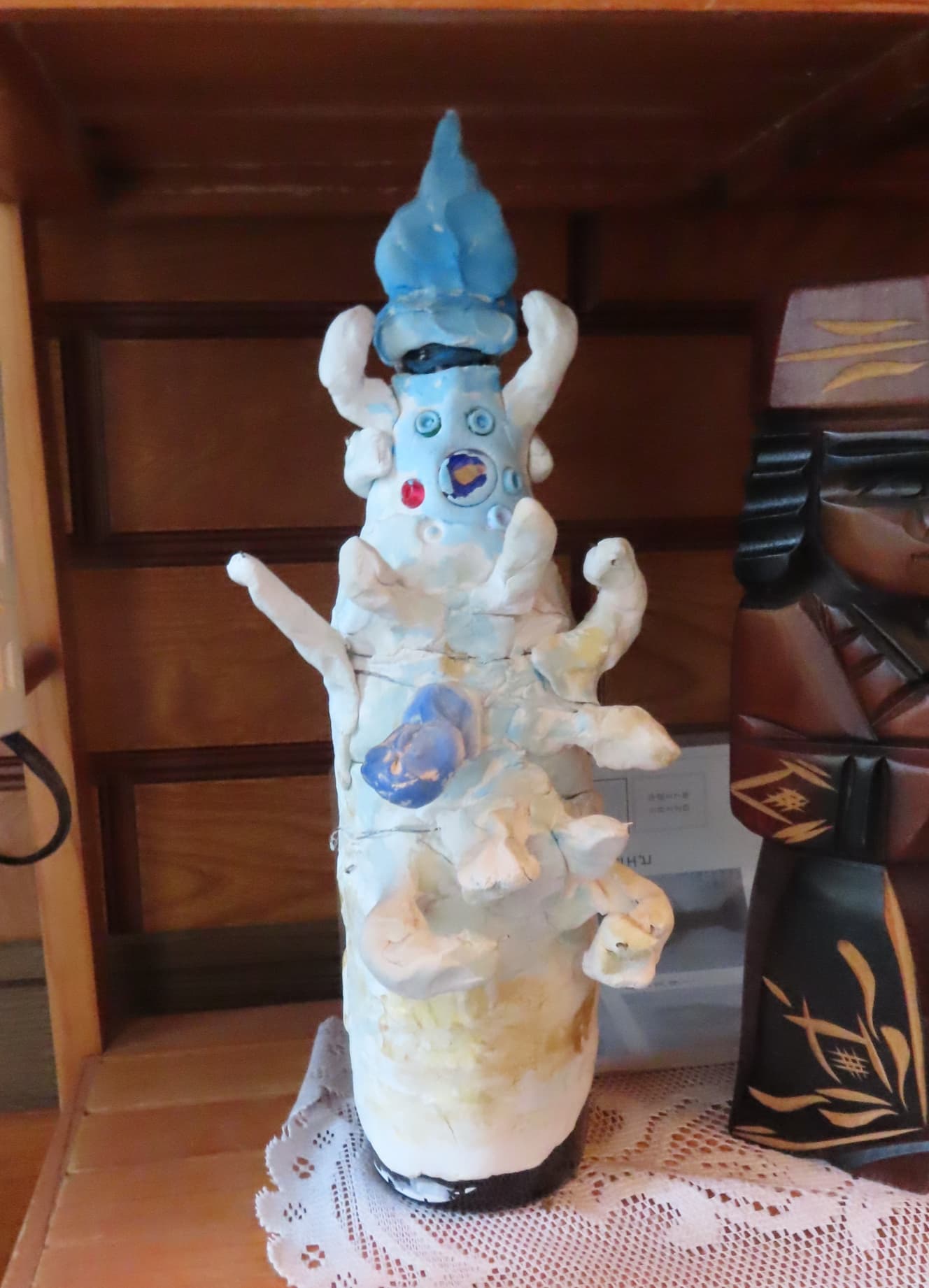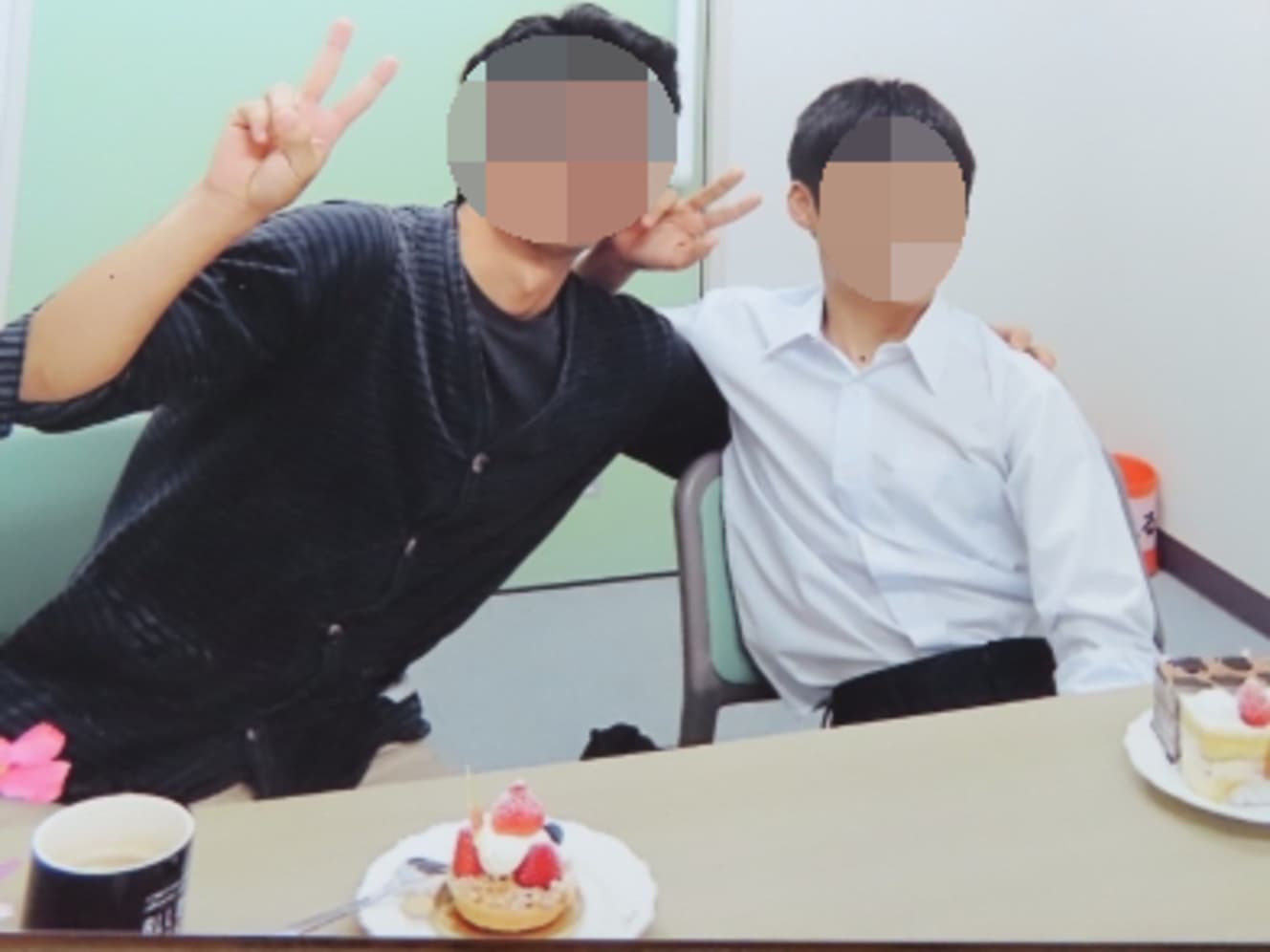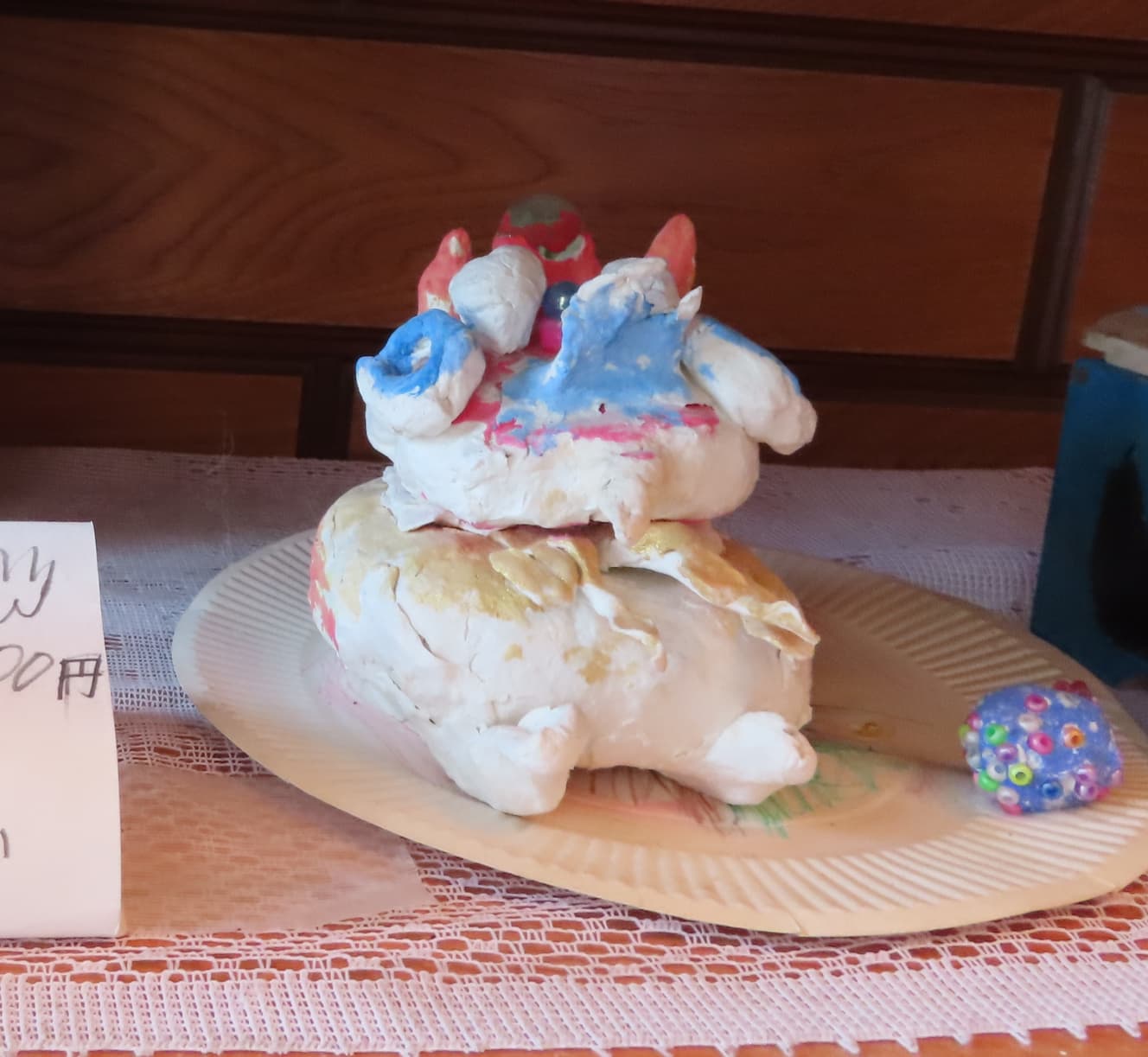21-Year-Old Woman Stabbed to Death by Accuser Boy: Why He Masturbated When He Was Unconvenient and Why His Heart Was Distorted
Nonfiction writer Kota Ishii delves into the depths of Japanese society!

On August 29, 2008, around 7:30 p.m., a murder by a juvenile took place at Mark’s Fukuoka Momochi, a huge shopping mall in Fukuoka City.
The perpetrator was a 15-year-old junior high school student, Hayato Tanizawa (pseudonym), who had just gotten out of a juvenile reformatory two days earlier. He followed a 21-year-old woman he happened to run into with sexual interest and went into the women’s restroom. When the woman accused him of sexual misconduct, he turned on her and slashed her more than ten times with a kitchen knife in his hand, killing her.
Two years later, in the courtroom of his trial, Hayato declared, “I don’t know what an apology is.
I don’t know what an apology means, so I don’t have one.
I don’t think he can be rehabilitated. I don’t think (rehabilitation) is possible, because people don’t change so easily. I don’t think they can be rehabilitated, because people don’t change that easily.
He flatly denied any apology or rehabilitation.
He was then sentenced to an indeterminate sentence of 10 to 15 years and sent to a juvenile prison without appeal.
However, there are doubts as to whether this was an appropriate sentence.
Rambling through a children’s self-support facility and a juvenile reformatory

He had been a noticeable delinquent ever since he could remember, and had been violently abused and sent from one place to another, including psychiatric hospitals, child psychotherapy facilities, child independence support facilities, medical reformatories, and juvenile training schools, as well as his school. After seven years of confinement in these facilities, he committed this incident just two days after his release from the hospital.
The boy clearly had a mental pathology. If he is sent to a juvenile prison without treatment, the possibility of his rehabilitation is not high. In the worst case, he may return to society with even greater pathology than before.
Why is it possible for this to happen in the Japanese justice system? I would like to shed some light on the problems faced by juveniles and their rehabilitation in Japan.
Hayato was born and raised in a small village on the southern tip of the Satsuma Peninsula in Kagoshima Prefecture.
Hayato was born with developmental disabilities, but he was also subjected to domestic violence by his father, physical and sexual violence by his older brother, and neglect by his mother, who was also developmentally disabled.
It is obvious that he was severely traumatized by these family circumstances. As a result of this trauma, he was marked by violent behavior from as far back as he can remember.
He bites people who warn him, chokes classmates, points a kitchen knife at his brother, breaks glass at school, and sexually harasses female teachers. …… It continued to get worse as he got older and was out of control of the adults.

What made his mental problems more serious was the development of his genitals and sexual desire, which could be described as abnormal. By the time he was in the first or second grade, he had developed pubic hair and was in a state of masturbation several times a day, sometimes without being seen.
For more details, please refer to our September 19 article, “The Boy’s ‘Refracted Childhood,'” but it is possible that this is a pathology called “hypersexuality,” and the trauma of abuse in the family added to this may have greatly distorted the formation of his personality. The trauma of abuse at home added to this may have caused a major distortion of his personality development.
He told me in an interview: “When things were not good for me, I would go to the hospital and ask for help.
I used to masturbate when things were inconvenient. When I was scared, or lonely, or angry, or frustrated. …… I had to do it to calm down. It’s been that way since the first grade until now.”
Whenever he had a negative feeling, he would impulsively indulge in masturbation. For him, masturbation must have been a way to turn away from reality.
When he was in the third grade, his family decided that Hayato was too much for them to handle, so they took him away from home and admitted him to a psychiatric hospital. Since then, he has been involved in violent incidents wherever he goes, and as mentioned earlier, has been shuffled around from children’s self-support facilities and medical juvenile training schools.
The only response was to prescribe drugs.
Unfortunately, while he was sent to many specialized institutions, he was not given proper care anywhere.
Looking at his upbringing, the need for trauma treatment is obvious. However, whether it was a mental hospital, a children’s self-support facility, or a medical reformatory, the results of the diagnoses he received at each institution were different, and the only thing they could do was prescribe medication for his developmental disabilities.
How did this happen? Herein lies the complex problem that abuse poses to children.
Typically, when children are abused, their brain development is stunted and they develop characteristics similar to developmental disorders. This is a trait that results from trauma, but even doctors are unable to distinguish whether it is congenital or caused by abuse.
In the case of Hayato, in addition to his congenital developmental disability, his personality was distorted due to abuse, and he is thought to have had problems with hypersexuality and other issues. Furthermore, he would have been adversely affected by having been moved from one institution to another from an early age. This made his pathology even more serious.
A psychiatrist involved in the rehabilitation of juveniles interviewed for this report stated, “In this case, the doctor would have diagnosed him.
In this case, I think it is inevitable that the doctors’ diagnoses will vary. What the doctors can do is to face the boy at the time and make a diagnosis based on the visible symptoms and the information they have. However, if the boy is incoherent, his family is uncooperative, and his IQ is borderline, there is a wide range of information available, and the doctor’s diagnosis may differ from time to time.

Psychiatric diagnoses can vary even among ordinary patients. In children like Hayato, this tendency is probably even higher.
However, even with these factors taken into consideration, the facility must stay close to the boy, calm him down, and provide him with the best possible treatment.
For example, one of the facilities he was staying at was a facility for supporting children to become self-reliant. This is a place where staff members act as parents and share food, clothing, and shelter with several children in order to re-nurture them. The goal, so to speak, is to re-establish attachment.
In addition to the facility for supporting children’s independence in Kyushu, he has also been placed in a national facility for children with particularly serious difficulties. There, with staff of higher expertise, Hayato would have been able to receive medical treatment from doctors while being loved and cared for.
However, this was not the case. Hayato felt that the warm atmosphere of the facility was “just like playing family. He felt it was nothing more than a “silly game.
He not only repeatedly attacked other children and stabbed them with tree branches, but also choked, bit, and broke the necks of staff members. On one occasion, he attempted suicide.
He was locked in a private room for a long time.

This made the staff and doctors unable to care for him emotionally, and they removed Hayato to another facility to protect other children. This is the reason why Hayato was sent around and did not receive proper treatment.
This was also the case when he was sent to Kyoto Medical Juvenile Training Center. This is a place where rehabilitation is aimed at while receiving specialized treatment.
However, from the beginning, he was only given medication, and according to him, “I was locked in a private room for a long time and given no guidance. Because he had been living in the facility for so long, the medical reformatory may have underestimated the importance of his trauma treatment. He was then put on medication for four months and let out in a “lightheaded” state.
The last place he was sent was a general juvenile reformatory in Kyushu. Compared to a medical reformatory, it was a place where the quality of care was far less than desirable.
At this time, Hayato was desperate, and he was still thinking about his family, from whom he had been separated in the third grade of elementary school. His family rarely showed up at any of the facilities, but deep in his heart, he had been waiting for them for a long time.
In Hayato’s words.
“They never came to visit me. Even if they did, I don’t remember them. Even after I entered the facility, my father was having an affair with his Filipino mistress, and they divorced when I was 12 years old. One day, the people at the facility called me in and told me that they said my parents were divorcing and that I was supposed to change my last name. So I got my mother’s last name.
My family was split up, as I expected, but I had the feeling that my mother had taken me in. So I was thinking that maybe not right away, but somewhere along the line, I would be with my mother again.”
Although this is an unsociable way of putting it, it is not hard to imagine that deep down he longed for his mother’s love. No matter how much she abused him, no matter how much she shunned him, she must have been the only mother he had.
After spending about 10 months in a juvenile reformatory in Kyushu, Hayato was released during the summer vacation of his third year of junior high school, his first return to society in seven years.
According to the original plan, he was to be returned to his divorced mother. However, an unexpected turn of events here triggers a horrific murder case.
I will write more about the circumstances of the case and the debate over his treatment in Part 2.
Part 2: The boy’s “shivering voice and handwritten letter “
Interview and text: Kota Ishii
Born in Tokyo in 1977. Nonfiction writer. He has reported and written about culture, history, and medicine in Japan and abroad. His books include "Absolute Poverty," "The Body," "The House of 'Demons'," "43 Killing Intent," "Let's Talk about Real Poverty," "Social Map of Disparity and Division," and "Reporto: Who Kills Japanese Language Ability?